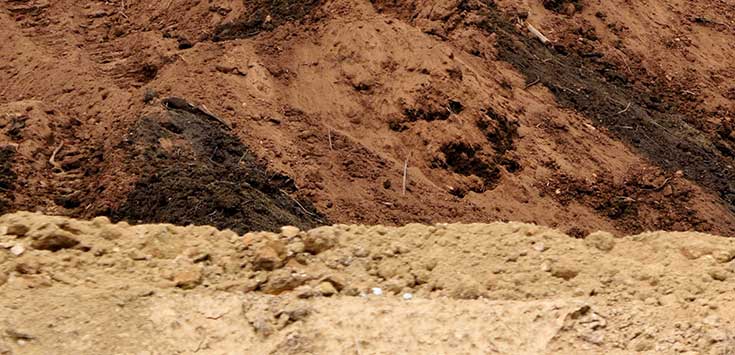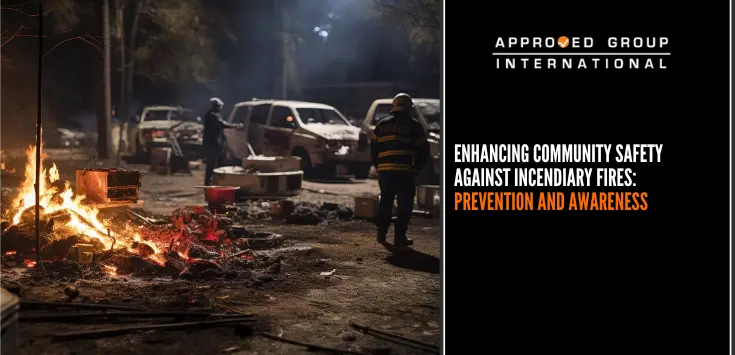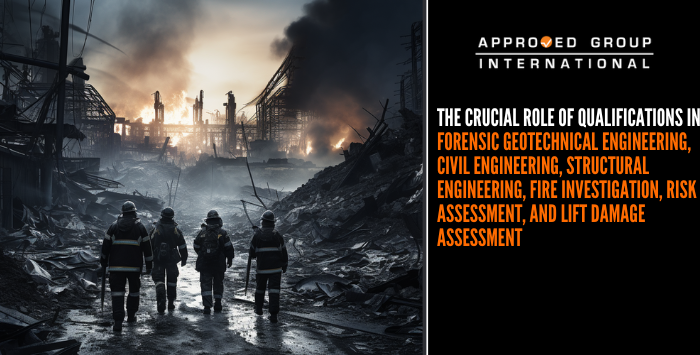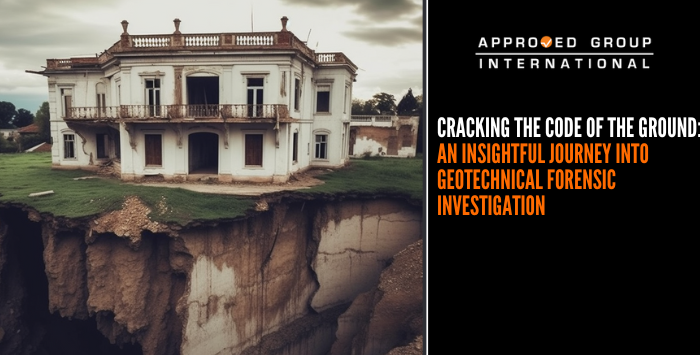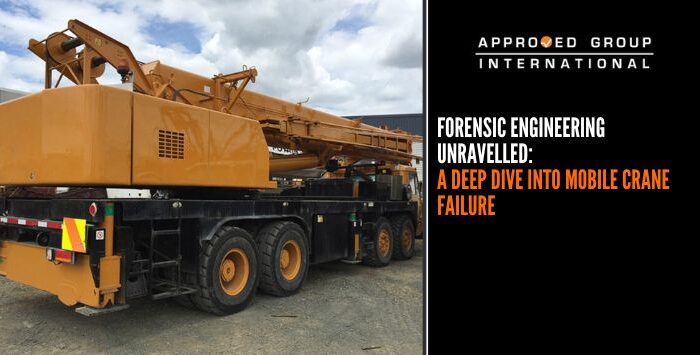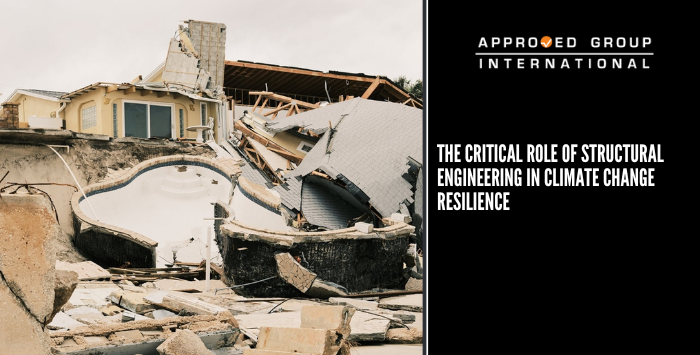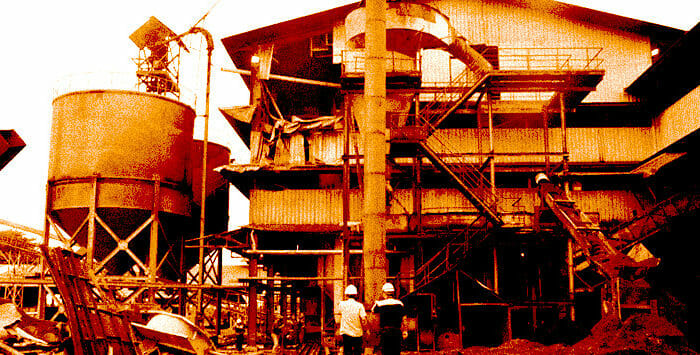Forensics can be defined as implementation of scientific concepts and techniques for legal or court purposes (Mazhari 2010). Hence, forensics is a multidisciplinary field which focus on reliable scientific evidence to resolve civil and criminal cases. As stated by the Locard Exchange principle, every physical contact leave traces, therefore trace evidence such as hair, fiber, and soil can be a reliable evidence that connects crime scene with a perpetrator and it can transfer easily from one medium to another. Forensic geoscience which is also known as geoforensics (Mazhari 2010) is among the essential sub-disciplines of forensics besides forensic medicine, forensic toxicology, forensic anthropology, etc. Geoforensics is a field of inquiry which uses geological approach for legal proceedings (Morgan & Bull 2007). Since geoforensics covers a broad range of details and is closely related to other disciplines, it overlaps with few other fundamental sciences. One of it is forensic soil science which is a study of soils that uses information obtained from soils to solve judicial problems or hypotheses (R W Fitzpatrick 2013). According to soil scientists, soil consists of mineral particles which varies in size such as sand, silt and clay, organic matters like living microbiota, and roots of plants, plant which is dead or decomposed, remains of animal and/or microbial and humus too (Dawson, & Hillier 2010). Complicated biological, chemical, physical, mineralogical and hydrological properties possessed by soil are also subject to change over time (R W Fitzpatrick 2013) Since soil is a complex substance, various analysis can result in diverse information. Both the complexity and diversity factors of soil is an advantage and limitation simultaneously (Dawson, & Hillier 2010). This is because the complexity which results in distinct characteristics can be a ‘fingerprint’ of a soil sample. However, creating a database for reference becomes nearly impossible due to the same diversity in this complexity.
Soil serves as a good and reliable evidence. There are several reasons why it is a powerful and ideal ‘contact trace’. One of it is the soil’s individualistic property. Soil is highly individualistic due to its variety of biological, chemical, mineralogical and physical properties (Marumo 2003). Besides that, soil is almost invisible to naked eyes compared to brightly coloured evidence such as blood, paint, or an obvious lipstick.
Therefore, it is unnoticeable when soil adheres to vehicle carpets, clothing, shoes or instruments such as a shovel; hence a suspect will take little or no attempt to destroy the evidence (Robert W. Fitzpatrick, & Raven 2012). Furthermore, presence of fine particles such as clay and silt size fractions allows soil to have a great ability to adhere and stick on other surfaces, hence giving it a high retention and transfer rate (R W Fitzpatrick 2013).
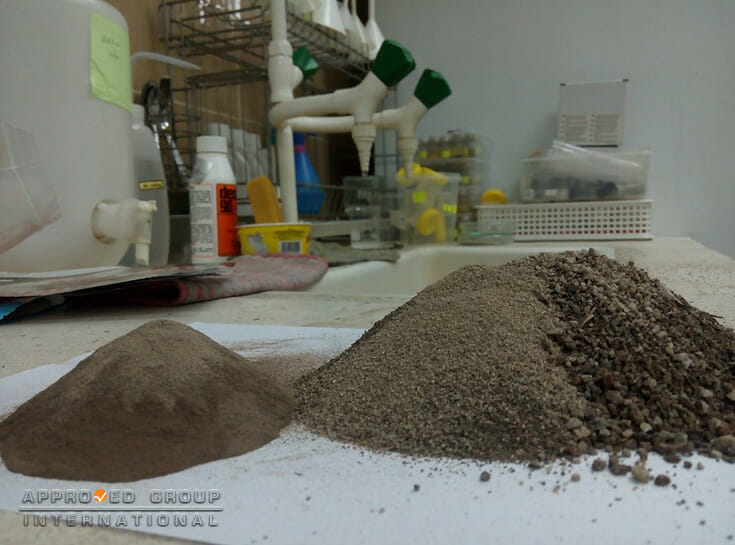
The study of soil properties in the agricultural field is generally focused on management of soil for crop production while in engineering, soil properties are used to determine suitable materials to build and excavate. In forensics, information regarding soil’s properties is crucial to determine a specific location (if the crime scene is unknown but suspect is caught in a case) such as in a Double Murder Case (Robert W. Fitzpatrick & Raven 2012) and in Malaysia, generally forensic approaches is used to connect a questioned soil sample that is present at crime scene with a perpetrator.
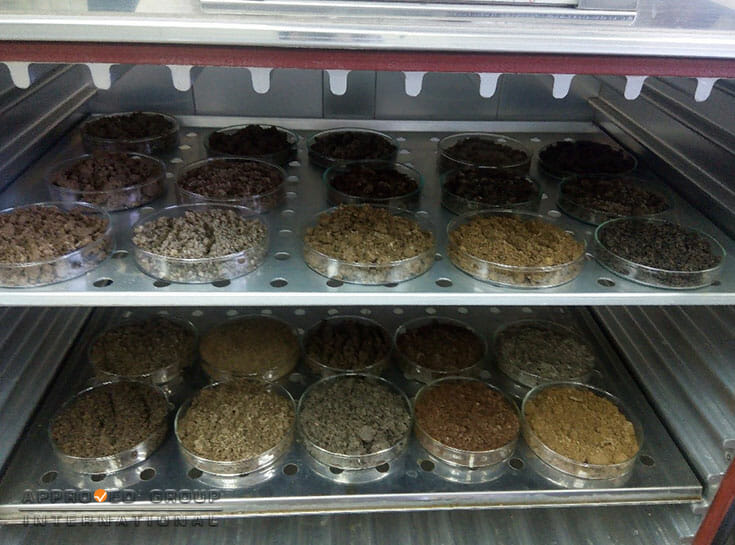
Examination of soil can be carried out in many aspects. This includes physical analysis, elemental analysis, mineralogy, chemical method, palynology, identification of botanical fragments and many more. However, here in Malaysia, physical and chemical analysis are mostly preferred as it is simple and economical yet the result produced is reliable and reproducible. Referring to a real case that we handled back in the year 2008, soil evidence played an important role in solving this case. The case was about a vehicle sustained impact damage after the driver tried to avoid a motorcycle without headlamp. As a result, the vehicle collided with a metal railing before ended up in a monsoon drain. However, the soil samples that AGI’s Forensic Team collected from the rear section, inside rear bonnet and scrapped from the undercarriage part (Figure 3) of the insured vehicle were inconsistent with the soil samples collected from the location of the alleged collision when tested with Inductive Coupled Plasma-Mass Spectrometry (ICP-MS).
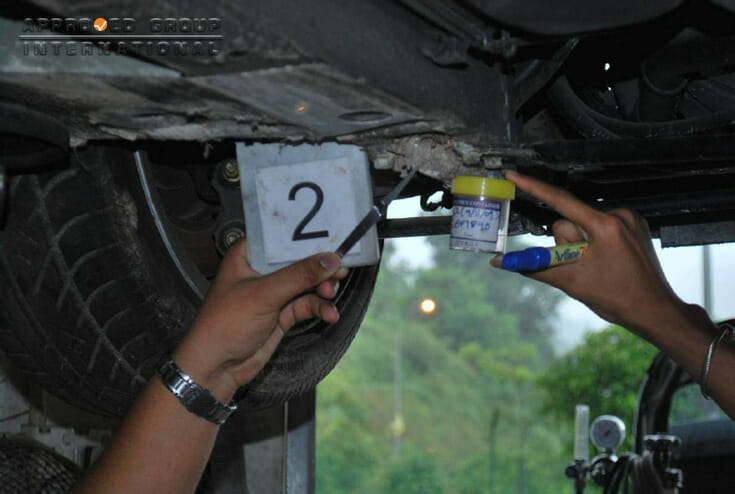
The ICP-MS result with other supporting evidences concluded that the collision did not occurred at the alleged location.
- Dawson, L. A. & Hillier, S. 2010. Measurement of soil characteristics for forensic applications. Surface and Interface Analysis 42(5): 363–377.
- Fitzpatrick, R. W. 2013. Soils. Encyclopedia of Forensic Sciences 2: 206-212.
- Fitzpatrick, R. W. & Raven, M. D. 2012. How pedology and mineralogy helped solve a double murder case: Using forensics to inspire future generations of soil scientists. Soil Horizons 53(5): 14.
- Marumo, Y. 2003. Forensic examination of soil evidence. Japanese journal of science and technology for identification 7(2): 95–111.
- Mazhari, S. A. 2010. An introduction to forensic geosciences and its potential for Iran. Journal of Geography and Geology 2(1): 77–82.
- Morgan, R. M. & Bull, P. A. 2007. Forensic geoscience and crime detection: Identification, interpretation and presentation in forensic geoscience. Minerva Med Leg 127: 73–89.

